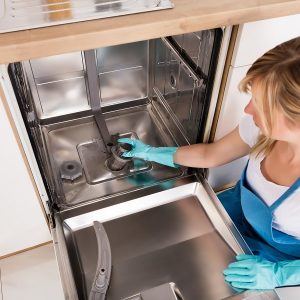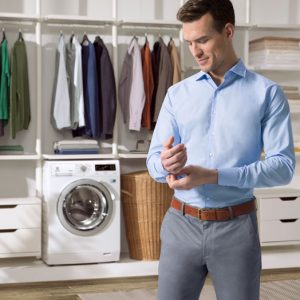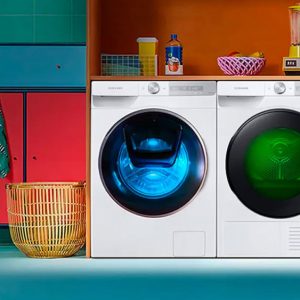Central air installation is commonly seen in large buildings and construction projects. However, nowadays, this system is becoming more popular among households. Therefore, many people are interested in how to install it properly. To ensure the system operates efficiently and cost-effectively, technical expertise is required for designing and installing the central air conditioning system, including the installation of the outdoor and indoor units.
1. Guidelines for Proper Central Air Installation
In essence, when installing or designing a high-capacity central air conditioning system for buildings or apartments, a concealed system with hidden indoor units in the ceiling is often used. This approach ensures both aesthetic appeal and safety. Cold air for cooling is blown through air vents to cool the entire space. The two commonly used types of central air conditioning systems are VRV and VRF. The following are the installation steps for a central air conditioning system that you can refer to.
Read more: Should You Buy a Samsung Refrigerator? Pros and Cons
a. Installing the Central Air Conditioning Copper Pipes
Select copper pipes that meet the requirements and standards of the equipment to be installed. The refrigerant pipes and return pipes must be individually insulated using moisture-resistant nylon wrapping. The main pipes and branch pipes are connected using a Refnet joint to prevent oxidation of the joints.
b. Installing the Drainage Pipes
Once the copper pipes are installed, the next step is to install the drainage pipes. PVC pipes of suitable size should be used for the drainage pipes. The minimum slope should be 1/100, and proper insulation should be provided. The drainage pipes should follow the technical guidelines for refrigeration systems and have an air vent section at the highest point.
c. Installing the Central Air Conditioning Outdoor and Indoor Units
The indoor units should be securely fastened using mounting brackets. There should be a distance of 10mm between the bottom of the indoor units and the false ceiling. The indoor units should be horizontally positioned to facilitate condensation drainage.
The outdoor units should be placed on a concrete base with the required clearance distance as specified.
d. Installing the Electrical System and Conducting Test Runs
The power supply for the air conditioning operation must be connected to the building’s general electrical system. It is recommended to install an electrical panel for each outdoor unit to facilitate future maintenance and repairs. The electrical panel should be made of soft steel sheet with a minimum thickness of 1mm. Ensure secure installation and avoid any exposed electrical components.
After completing the above steps, perform test runs to check the system. Provide power to the central control unit and assign addresses to each controller.
You may be interested in: 7 interesting facts about pandas
2. Three Considerations for Central Air Installation
To ensure a safe and smooth installation process, here are three important considerations when installing a large-capacity central air conditioning system for any type of project, whether large or small.
a. Considerations for Gas Diversion Installation
When installing gas diversion, it is important to ensure a minimum distance of 50cm between left and right branches. The minimum distance between two gas dividers should be 1m. If the gas diversion is bent near the gas divider, it may cause noise in the pipes. Additionally, it is crucial to avoid tilting the gas diversion, as it can cause gas flow deviations, affecting the system’s initial performance.
b. Considerations for Calculating Condensate Water Flow
For this system, a quick and approximate calculation method is to estimate 6 liters per hour for each horsepower (HP). For example, with a system consisting of two 3 HP units and three 2 HP units, the condensate water flow can be estimated as follows: 6 l/h x (3 HP x 2 units + 2 HP x 3 units) = 72 l/h. However, this calculation method is only an approximation. For accurate calculations, it is advisable to consult with experts.
c. Considerations for Vacuum Pump Selection
To achieve efficient vacuuming, it is important to consider the vacuum pump selection.
- Select a vacuum pump capable of reducing pressure below -100.7 kPaG.
- Choose a vacuum pump with a relatively high exhaust flow rate, and the minimum recommended flow rate should be 40 liters per minute.

The above information provides guidelines for the Central Air Installation. We hope this article has provided you with the necessary information.












